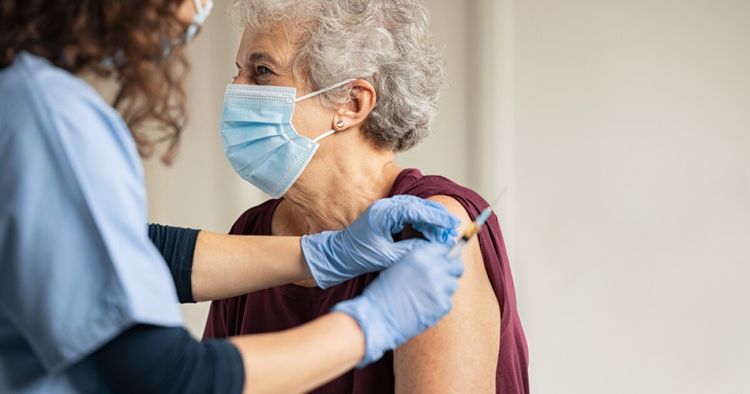How the FLiRT variant is affecting COVID-19 activity in Dallas County

Published June 24, 2024 at 5:00 AM CDT
The CDC is reporting low COVID-19 activity nationally, but that it is “likely growing” in Texas and 29 other states. That includes some recent upticks in Dallas County.
County Health Director Dr. Phillip Huangsays data from wastewater testing points to increased activity. But the same upticks have occurred the past several summers.
"A lot of the vaccinations occurred prior to winter, some of that protection starts to wane during that period,' Dr. Huang said. "Then with more travel, and a lot of exposure and people getting together during the summer months."
However, Dallas County is urging people 65 and older to get up to date on booster vaccinations.
“We still see hospitalizations. And almost all of the hospitalizations have been in that 65 and older group,” Dr. Huang said. “And so, that's where the CDC updated recommendations, for that age group to get the booster or another shot for that additional protection.”
Dr. Huang said the rest of the population should maintain precautions, including wearing masks in crowded situations or if you’re in a higher-risk population.
KERA’s Sam Baker talked with Dr. Jeff SoRelle, an assistant professor of pathology at UT Southwestern Medical Center in Dallas about the latest variants contributing to COVID spread in North Texas.
The main variants that we're seeing right now are called CP.2 and CP.3. They're really kind of in the same family as the JN.1. That was the previous dominant variant over the springtime.
Are these part of the group of variants known as FLiRT?
Yes. These are called FLiRT variants, mostly because of the kind of mutations that they have. It had an F change to an L amino acid, and they had an R change to a T amino acid. So that's where you get the f-l-r-t. And that sounds like a flirt when you add it together.
How do they compare to what we have seen before? Are they more infectious, for instance?
They are appearing to be more infectious insofar as they are resistant to the immune response. The key, though, is that they are the same positions that are important for the virus to enter into cells and infect them.
So, while they also are in immune systems, they're also not quite as effective at infecting. This just goes to show how important it is to evade immunity.
Explain that a bit.
Sure. So, there's a dynamic arms race between the virus and host. The virus continues to evolve, but so does our immune system. The immune system is very effective at preventing the virus from becoming very severe. And in these cases, the viruses gain a little bit more ahead. But the immune system will likely continue to catch up. It's getting help as well from vaccines that are continuing to be evolved.
Are the variants then more dangerous in any way?
As far as severity, there's no change there. There's no real change in the symptoms. Most people will get a cold or flu-like symptoms, last for a few days less than a week usually, and then begin to resolve.
Do the current vaccinations offer protection from the new variants?
The most recent vaccines that we have do still provide protection, and at the same time, we are getting an updated formulation for the next rollout that will come next fall, late summer.
So the best thing we can hope for now is for the public to maintain or take the right precautions here, maybe to keep infections at a minimum?
That's a great question. I think it's important to know that the people that are most vulnerable are those who are more elderly or have immune-compromised conditions, such they don't respond to vaccines very well or don't have an immune system that is able to mount that effective response to evolve its variants.
And so I think we can do to protect ourselves as there are still medications such as Paxlovid that is still recommended for high-risk individuals and still shown to be effective against these JN.1 and KP.2 and KP.3 variants.
It's also important that you notice we do have some symptoms that seem like Covid, and you may have exposure to some of these vulnerable populations. It's a good idea to keep a few COVID tests at home and test yourself quickly. Sometimes it is good to do two different kinds of testing just to make sure that you don't miss it.
In the meantime, are we in the midst or is there the potential for a summer Covid wave?
You know, over the last several years, there seem to be these timed waves of increases in COVID-19 cases, and we tend to have them in the middle of the winter and at the end of the summer.
And what we've seen in the last several years, though, is that the waves become much gentler and lower, and fewer people get into the hospital becoming, well, not quite as sick. And the case rates are much lower overall nationally. And I think that we hope to see that trend continue this year.
RESOURCES:
Are We Headed for Another Summer COVID-19 Wave?
New virus variants threaten a summer Covid-19 wave, but experts say the risk remains uncertain
COVID Data Tracker
Dallas County HHS Dashboard





















































